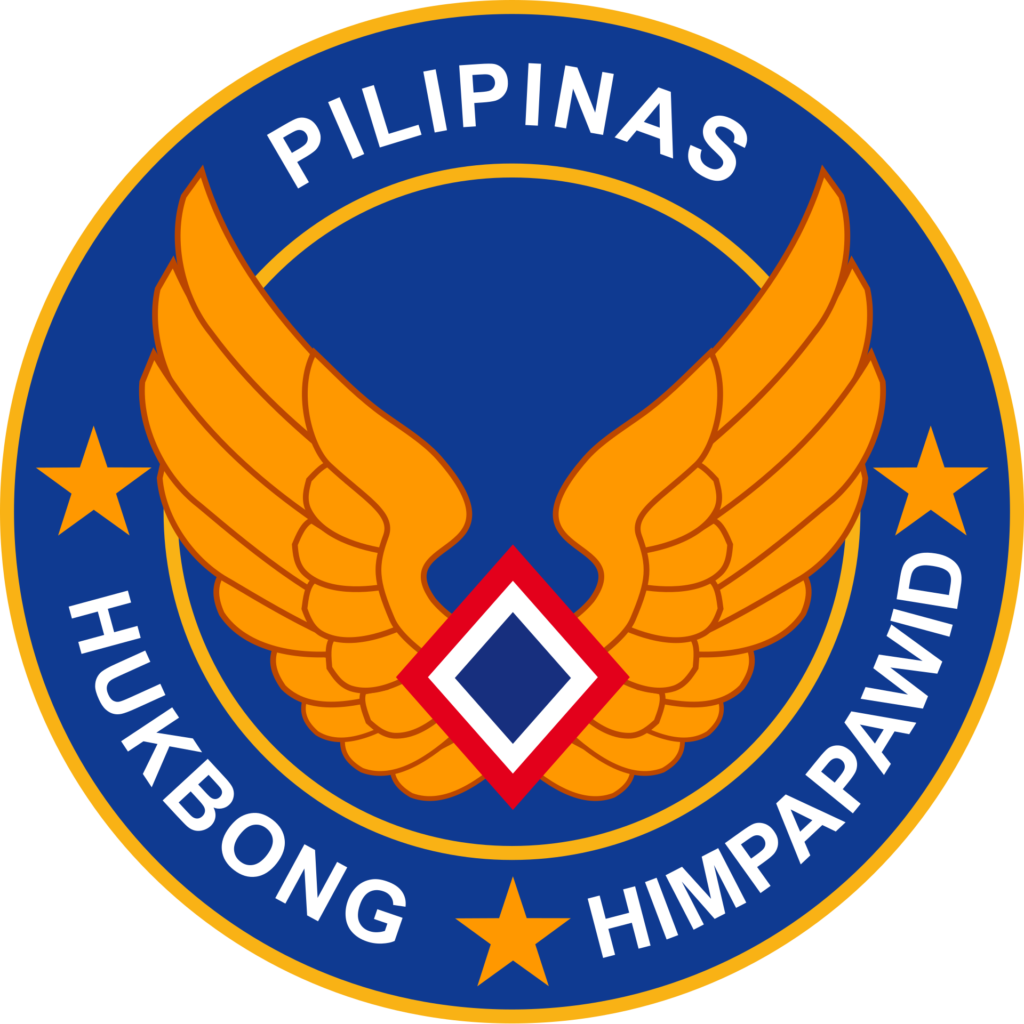The Philippines has a long and complex history of labor migration that has significantly shaped its social, economic, and cultural landscape. The formalization of labor export began during the Marcos administration in the 1970s as a temporary solution to unemployment and balance of payments problems. However, what started as a stop-gap measure evolved into a permanent fixture of Philippine society and economy. The institutionalization of labor migration through the creation of agencies like the Philippine Overseas Employment Administration (POEA) in 1982 and the Overseas Workers Welfare Administration (OWWA) in 1977 demonstrated the government’s commitment to facilitating and managing overseas employment. This systematic approach to labor migration has transformed the Philippines into one of the world’s largest labor-exporting countries, with millions of Filipinos working across the globe.
Current State of OFW Migration
According to the Philippine Statistics Authority (PSA), the scale of Filipino overseas employment remains substantial despite global challenges. Here’s a comprehensive look at the current statistics:
| Year | Number of OFWs | Remittances (in USD) | Top Destination Countries |
|---|---|---|---|
| 2022 | 1.96 million | 32.54 billion | Saudi Arabia, UAE, Hong Kong |
| 2021 | 1.77 million | 31.42 billion | Saudi Arabia, UAE, Hong Kong |
| 2020 | 1.71 million | 29.90 billion | Saudi Arabia, UAE, Hong Kong |
Source: Philippine Statistics Authority (PSA) and Bangko Sentral ng Pilipinas (BSP), 2023
Economic Impact and Contributions
The economic contributions of OFWs to the Philippine economy cannot be overstated. Remittances from overseas Filipino workers have become a crucial pillar of the country’s economy, consistently accounting for approximately 9-10% of the Philippines’ Gross Domestic Product (GDP). These remittances help stabilize the Philippine peso, boost consumer spending, and provide a steady stream of foreign currency. Beyond individual family benefits, OFW remittances have helped fund education, healthcare, and housing investments, contributing to long-term economic development. The multiplier effect of these remittances creates job opportunities within the Philippines and stimulates various sectors of the economy, from real estate to retail.
Family Dynamics and Social Costs
Impact on Children
The social implications of overseas work on Filipino families are profound and multifaceted. Studies by the University of the Philippines’ Center for Integrative and Development Studies (UP CIDS) have shown that children of OFWs experience unique challenges and advantages. While these children often enjoy better educational opportunities and material comforts, they also face emotional challenges due to parental absence. Research indicates that children with OFW parents are more likely to experience anxiety, loneliness, and difficulties in forming secure attachments. However, many families develop resilience and adaptive strategies, utilizing technology to maintain strong family bonds despite physical separation.
Marital Relationships and Family Structure
The impact on marital relationships presents another critical aspect of the OFW phenomenon. Long-term separation often strains marriages, leading to various challenges in maintaining intimate relationships. According to a 2022 study by the Scalabrini Migration Center, approximately 20% of OFW marriages experience significant stress due to prolonged separation. However, the same study also found that couples who maintain regular communication and establish clear family goals tend to have more stable relationships despite the distance.
Technological Adaptation and Family Communication
Modern technology has revolutionized how OFW families maintain relationships across borders. The widespread adoption of social media platforms, video calling applications, and instant messaging services has transformed family communication patterns. A 2023 survey by the Department of Information and Communications Technology (DICT) revealed that 95% of OFW families use digital platforms daily to stay connected. This technological integration has helped minimize the emotional impact of separation and enabled more meaningful participation in family life, from helping with homework to celebrating important milestones virtually.
Professional Development and Skills Transfer
Career Advancement Opportunities
Working abroad often provides OFWs with opportunities for professional growth and skills development. Many OFWs gain valuable international work experience, learn new technologies, and develop cross-cultural competencies. According to the Technical Education and Skills Development Authority (TESDA), OFWs who return to the Philippines often bring back enhanced technical skills and management expertise, contributing to the country’s human capital development.
Knowledge and Technology Transfer
The transfer of knowledge and skills from overseas work experiences has contributed significantly to various sectors within the Philippines. Returning OFWs often introduce innovative practices, international standards, and new technologies to local industries. This knowledge transfer has been particularly evident in healthcare, maritime services, and engineering sectors, where returning professionals have helped elevate local industry standards.
Government Support and Policy Framework
The Philippine government has established various programs and policies to protect and support OFWs:
| Program/Policy | Purpose | Implementing Agency |
|---|---|---|
| Republic Act 10022 | Enhanced protection of OFWs | POEA/DOLE |
| OWWA Programs | Welfare services and benefits | OWWA |
| Mandatory Insurance | Protection against work-related risks | POEA |
| Reintegration Programs | Assistance for returning OFWs | NRCO |
Source: Department of Labor and Employment (DOLE), 2023
Challenges and Future Perspectives
Current Challenges
Despite the significant benefits, OFWs face numerous challenges, including workplace discrimination, contract violations, and cultural adjustment issues. The COVID-19 pandemic highlighted the vulnerability of overseas workers to global crises, with many facing job losses and forced repatriation. According to the Department of Foreign Affairs (DFA), over 400,000 OFWs were repatriated during the height of the pandemic in 2020-2021, emphasizing the need for more robust protection mechanisms and alternative domestic employment opportunities.
Future Outlook
The future of Filipino labor migration continues to evolve with changing global labor markets and technological advancement. The Philippine government’s labor migration policies are increasingly focusing on promoting skilled migration, ensuring better worker protection, and developing sustainable reintegration programs. The Department of Labor and Employment projects a shift towards more specialized and technical positions in the coming years, with growing demands in healthcare, information technology, and renewable energy sectors.
Conclusion
The OFW phenomenon represents both the resilience of the Filipino people and the complex interplay of economic necessity and family sacrifice. While overseas employment has provided significant economic benefits and opportunities for professional growth, it has also created unique challenges for Filipino families and society. The continued evolution of support systems, both technological and institutional, shows promise in addressing these challenges while maximizing the benefits of labor migration. As the Philippines continues to navigate the complexities of global labor migration, the experiences and contributions of OFWs remain central to the nation’s development story.
Disclaimer: This article is based on publicly available data and research from official government sources and academic institutions. While every effort has been made to ensure accuracy, some statistics may have changed since their publication. Readers are encouraged to verify current figures with official sources and report any inaccuracies to [contact information] for prompt correction. The views expressed in this article are based on available research and do not necessarily reflect the official position of any government agency or organization.




